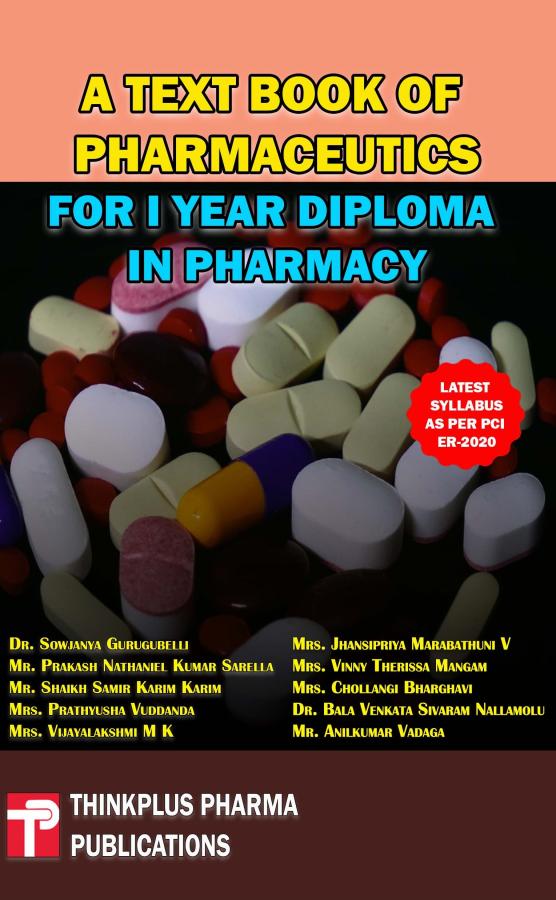Chapter 5: Size Reduction
Synopsis
Author:
Miss Poonam Dashrath Dighe
Assistant professor, Dept of Pharmaceutics, Amruthvahini College of Pharmacy, Sangamner, Ghulewadi, Maharashtra, India
Abstract: Size reduction is a fundamental unit operation in pharmaceutical manufacturing, crucial for enhancing drug dissolution, absorption, and overall therapeutic efficacy. This process involves breaking down larger particles into smaller ones, often to achieve specific particle size distributions tailored to the needs of different dosage forms. Various mechanisms of size reduction are employed, including impact, attrition, compression, and cutting. The choice of size reduction method depends on the material properties, desired particle size, and scale of operation. Common equipment used in pharmaceutical size reduction includes ball mills, hammer mills, jet mills, and roller mills, each with its unique operating principles and applications. Factors affecting size reduction efficiency include material hardness, feed rate, and equipment design. The concept of critical size in milling is explored, along with methods for controlling and optimizing the size reduction process. Understanding particle size analysis techniques is essential for quality control and ensuring the consistency of the final product. Size reduction not only impacts the physical properties of materials but also influences their chemical and biological behavior, making it a critical consideration in drug formulation and manufacturing.
Keywords: Comminution, Particle size distribution, Milling equipment, Process optimization, Dissolution enhancement, Quality control


 .
. 